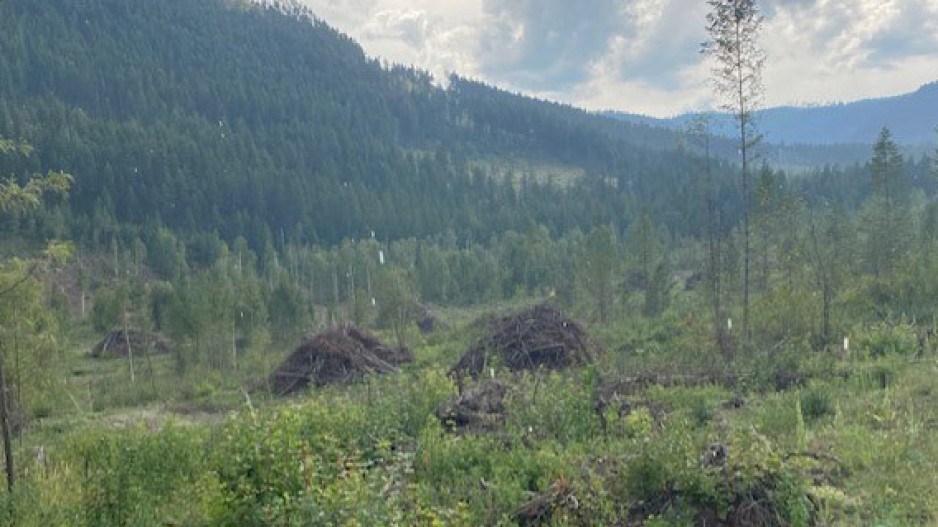As living things, trees both give and take when it comes to carbon dioxide. If forest management is to become one of the tools of nature-based climate solutions, the trick will be to ensure they continue to take more than they give.
That doesn’t necessarily mean halting all logging in Canada, according to a new report by the Council of Canadian Academies, Nature-Based Climate Solutions.
However, it does suggest changes in the way forests are managed in Canada to improve their productivity and sequestration capacity.
Managed forests include both working forests – used to harvest timber – as well as parks and protected areas. Sixty-five percent of Canadian forest area is considered managed forest. The remaining 35% is classified as unmanaged and are mostly in Canada’s north.
One thing the report recommends for working forests is the elimination or reduction of slash burning. Logging leaves a lot of wood waste behind, and this slash is most often simply burned. The report also supports the use of harvest waste for bioenergy, though it argues against the harvesting of whole live trees in boreal forests for the express purpose of making wood pellets.
“Reducing the burning of logging slash, for example, can result in immediate emissions reductions, since approximately 20–30% of pre-harvest biomass is typically left in the forest during harvesting (not including tree roots), and a smaller fraction of harvest residue is burned,” the report states.
“Similarly, increasing use of harvest residues in bioenergy or wood products can yield immediate impacts in avoided emissions. However, clearcutting boreal forest for bioenergy to replace fossil fuels could result in net emissions of GHGs.”
The report recommends extending harvest rotations, allowing trees to grow longer and larger before being cut, and harvesting trees as crops, as is done in the U.S., with replanting and commercial thinning done to generally improve productivity.
“Commercial thinning has not been widely adopted in western Canada; however, studies have found that commercially thinning stands of lodgepole pine decreased rotation length and increased individual tree size and stand volume -- thereby increasing carbon sequestration and decreasing the length of time needed between harvests.”
The report also suggests prescribed burning as a way of reducing risks of wildfires.
“Although prescribed burning can emit carbon in the short term, it may protect forests from larger and more intense fires in the long run.”
The report also suggests using species more adapted to climate change when replanting.
“Species that have a high survival and growth rate under changing climatic conditions may be prioritized for the replanting of productive forests for harvesting. In areas vulnerable to disturbances such as fire, fire-resistant species may be planted to preserve carbon storage, especially where harvesting may not be economically viable.”
The report talks about increasing stewardship over forests by First Nations, and notes that preservation of forests, notably old growth forests, can provide income to First Nations from the sale of carbon credits. The report cites as an example the Atmospheric Benefit Sharing Agreement signed with coastal First Nations and B.C. government that gives the signatories the ability to sell carbon credits to assist in things like conservation.
"The sale of carbon credits advances economic self-sufficiency within the First Nations," the report says. "Carbon credits are generated through ecosystem management practices in the Great Bear Rainforest, such as avoided deforestation or degradation; protecting more trees by logging less frequently or more carefully; afforestation; and replanting forests where they have been removed."




